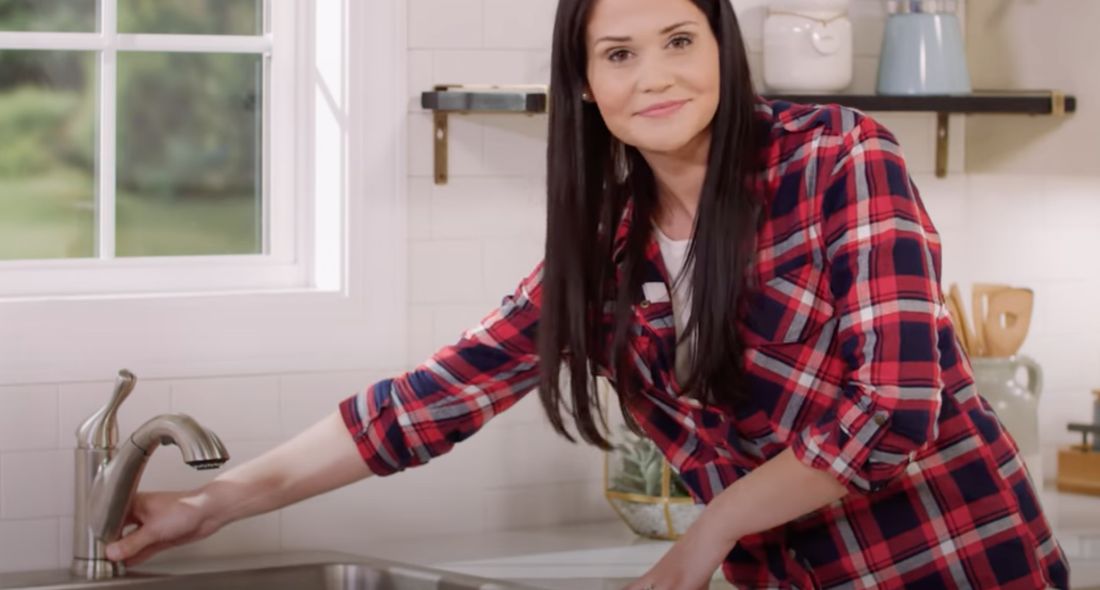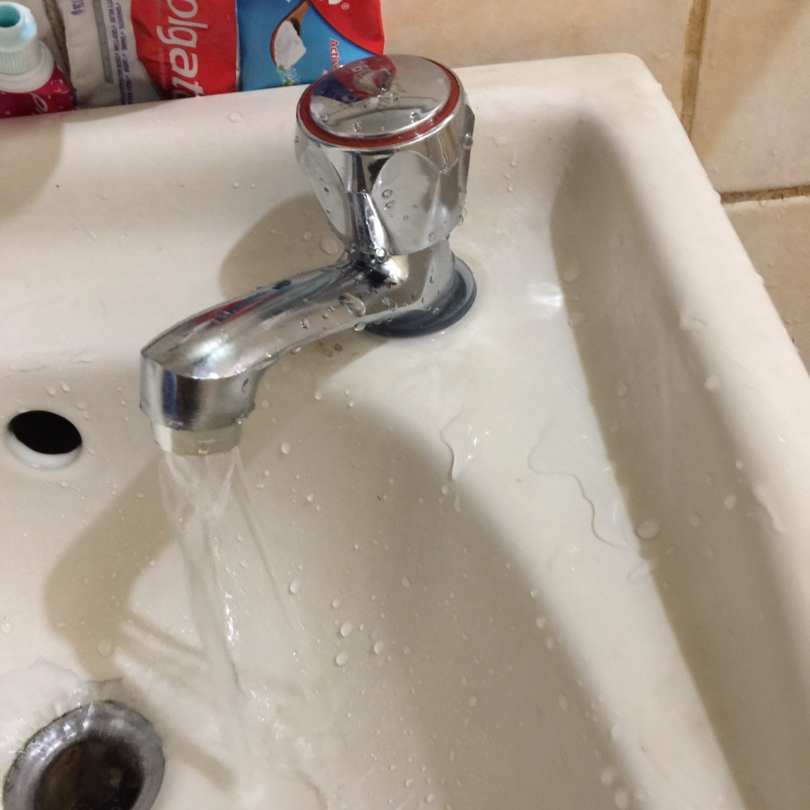Everyone has their private rationale when it comes to Why It's Important to Fix Leaky Faucets.

Dripping taps could seem like a small trouble, but their influence surpasses simply the aggravation of the audio. From wasting water to sustaining unneeded monetary expenses and health and wellness dangers, disregarding a dripping tap can bring about numerous repercussions. In this short article, we'll explore why it's critical to address this usual home issue quickly and effectively.
Waste of Water
Ecological Effect
Trickling faucets contribute dramatically to water waste. According to the Epa (EPA), a single tap trickling at one drip per second can throw away more than 3,000 gallons of water per year. This not just strains water sources but likewise impacts communities and wild animals dependent on them.
Financial Expenses
Increased Water Expenses
Beyond the environmental effect, trickling faucets can pump up water bills significantly. The gathered wastefulness gradually translates into higher utility costs, which can have been avoided with prompt repair services.
Potential Property Damage
In addition, extended dripping can bring about damage to fixtures and surfaces bordering the faucet. Water buildup can cause discoloration, corrosion, and also architectural concerns if left unattended, leading to extra fixing prices.
Wellness Concerns
Mold And Mildew and Mold Development
The constant existence of wetness from a trickling tap creates a perfect environment for mold and mildew and mold growth. These fungis not just compromise interior air top quality however also present wellness dangers, particularly for people with respiratory problems or allergies.
Waterborne Conditions
Stationary water in trickling faucets can become a breeding place for bacteria and other pathogens, raising the danger of waterborne conditions. Contaminants such as Legionella germs grow in stationary water, potentially resulting in serious diseases when consumed or inhaled.
Do it yourself vs. Professional Repair work
Advantages and disadvantages of Do It Yourself Fixing
While some might try to repair a dripping faucet themselves, do it yourself repair services come with their very own set of obstacles. Without appropriate expertise and devices, do it yourself efforts can intensify the problem or cause insufficient repair services, lengthening the problem.
Benefits of Working With an Expert Plumber
Hiring a professional plumber guarantees that the underlying root cause of the leaking tap is addressed efficiently. Plumbing technicians possess the proficiency and devices to identify and repair tap problems successfully, saving time and decreasing the threat of more damages.
Step-by-Step Overview to Repairing a Dripping Tap
Devices Required
Before attempting to deal with a trickling faucet, gather the needed devices, consisting of a flexible wrench, screwdrivers, substitute components (such as washers or cartridges), and plumber's tape.
Common Tap Issues and Their Solutions
Recognize the type of tap and the certain issue triggering the drip. Typical problems include damaged washers, corroded valve seats, or damaged O-rings. Refer to producer directions or online tutorials for step-by-step guidance on fixings.
Safety nets
Regular Maintenance Tips
To prevent dripping faucets, perform regular maintenance such as cleansing aerators, evaluating for leakages, and changing worn-out components immediately. Additionally, think about installing water-saving gadgets or updating to extra effective fixtures.
Relevance of Prompt Repair Works
Addressing dripping faucets as quickly as they're discovered stops more water waste and potential damages, ultimately conserving both water and money in the future.
Impact on Home Worth
Assumption of Well-Maintained Residential Property
Keeping a residential property in good condition, including addressing maintenance problems like dripping taps, improves its perceived worth and value among potential customers or occupants.
Influence on Resale Value
Characteristics with well-maintained plumbing fixtures, including taps, command greater resale worths in the realty market. Dealing with dripping taps can add to a positive impression throughout residential or commercial property evaluations and negotiations.
Ecological Obligation
Individual Contribution to Conservation
Taking duty for dealing with leaking faucets lines up with wider efforts towards water conservation and environmental sustainability. Every person's actions jointly make a substantial effect on protecting priceless sources.
Sustainable Living Practices
By focusing on punctual repairs and embracing water-saving habits, individuals add to lasting living practices that benefit both present and future generations.
Verdict
Addressing a dripping faucet surpasses mere benefit; it's an essential action toward conserving water, decreasing monetary prices, and guarding health and wellness and building. Whether through do it yourself fixings or specialist help, doing something about it to fix trickling taps is a little yet impactful means to promote liable stewardship of resources and add to a much healthier, extra sustainable future.
How to Fix a Leaky Faucet: Step-by-Step Repair Guide
A leaky faucet may seem like a simple annoyance, but if it's not fixed promptly, that leak could cost hundreds to potentially thousands. From water damage to mold, mildew, and high water bills, even a tiny leak can be catastrophic if left unattended. Damage like this can even affect the overall value of your home, so it's important to take the right approach for leaky faucet repair. You may need the help of a plumber in some cases, but we've got a few tips you can try on how to fix a leaky faucet before calling the pros.
Four Faucet Types
When you're learning how to fix a leaky faucet, the first step is knowing what kind of faucet you're working with! There are four common types.
Cartridge Faucets
Cartridge faucets come in one- or two-handled varieties. In one-handled cartridge faucets, hot and cold water combines in a single cartridge. In the two-handled versions, hot and cold water are controlled separately and mixed in the faucet.
Ball Faucets
Ball faucets have a single lever you push up and down to adjust the pressure and rotate to change the temperature. A slotted metal ball controls the amount of water allowed into the spout.
Compression Washer Faucets
They're the oldest type of faucet, but they're still used in many homes — especially older ones. Compression faucets have two separate handles that, when turned, raise or lower the washer that seals a water valve. This valve stops water from flowing through the faucet when it is turned off.
Disc Faucets
Disc faucets rarely need to be repaired due to their maintenance-free design. The water flow is controlled by two discs — the upper one raises and lowers against a fixed lower disc, creating a watertight seal. If your disc faucet starts leaking, you may need to replace the seals or clean residue buildup from the inlets.
Fixing a Leaky Faucet
Step 1: Turn Off the Water
Whether you're learning how to fix a leaky bathtub faucet or how to fix a leaky kitchen faucet, always turn off the water supply to your working area when you're fixing a leak. The last thing you want is a flood added to your list of things to fix.
Look for the shutoff valves below your sink or around the tub and turn them clockwise to stop the water flow. If your faucet doesn't have shutoff valves, you may need to turn off the water for the whole house. Check to make sure it's off by turning the faucet on. If nothing comes out, you're ready to start the repair.
Step 2: Take Apart the Faucet
How you disassemble your faucet depends on the type of fixture you have. You can use a flathead screwdriver to remove the caps on top of the handle or handles for cartridge and compression faucets. Inside, you should see handle screws. Unscrew these with a screwdriver to remove the handle.
Disc- and ball-style faucets will typically have an inlet screw near the handle, and removing that will reveal the interior of the faucet.
Detach the Valve Stem
For cartridge- and compression-style faucets, you'll see the inner valve stem or cartridge once you remove the faucet handles. If you have a compression faucet, unscrew the brass valve stem. If you have a cartridge faucet, pull out the cartridge. If your cartridge has been in place for a while, it may require some tools or extra force to remove it due to mineral deposits.
Examine and Replace Parts
Once you've removed the parts, check them out to confirm what needs to be replaced. You may see corroded rubber washers, O-rings, stems, or cartridges. On a ball-style faucet, check the seats and springs for damage.
If you need to repair a leaky disc faucet, check the inlet and seals on the lower disc.
Once you determine what parts must be replaced, visit your local hardware store. Bring the damaged parts with you to ensure you can purchase the correct components to replace them.
Clean Valves and Faucet Cavity
If you've removed a stem or cartridge, you may notice mineral buildup in the faucet's threads. Use white vinegar to clean the valve seat by soaking it for a few minutes, then scrub it away with a soft toothbrush and rinse with warm water. You can also clean the interior of the faucet in the same way.
Reassemble the Faucet
Once your faucet is cleaned and the required parts have been replaced, it's time to reassemble it. Put the pieces back together and slowly turn the water supply back on. Doing this slowly is crucial because too much initial water pressure can damage the new hardware you've just installed.
https://homewarranty.firstam.com/blog/how-to-fix-leaky-faucet

I'm certainly very interested by Why It's Important to Fix Leaky Faucets and I hope you enjoyed reading our blog post. Sharing is nice. Helping people is fun. I enjoy reading our article about Water Dripping from Faucet: Why and How to Fix.